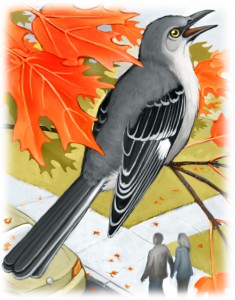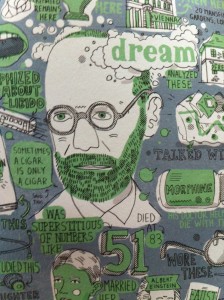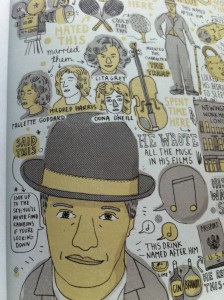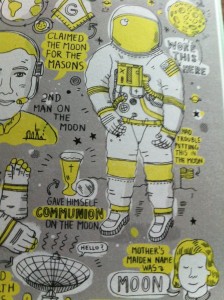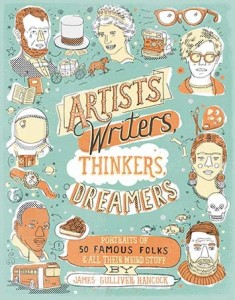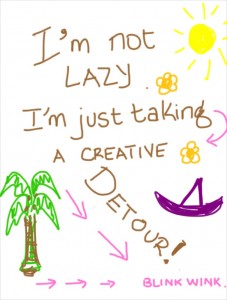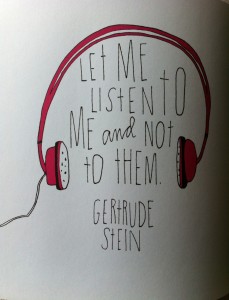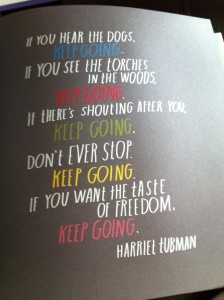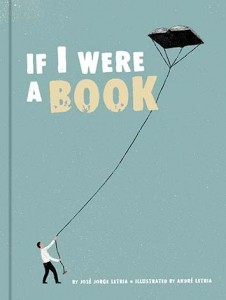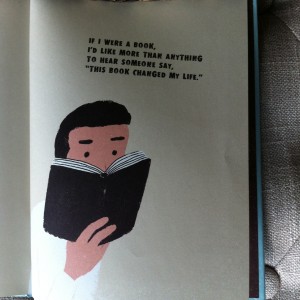How do you overcome the unseen forces that stand in the way of inspiration? Ed Catmull, President of Pixar Animation and Disney Animation has a few ideas. In fact, with the help of Amy Wallace he’s written a book about it called Creativity, Inc.
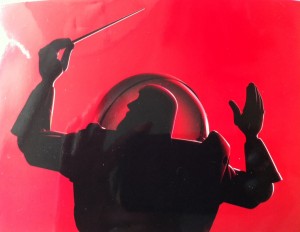 Ed Catmull has searched his whole life for better ways of seeing. For him, the key to solving problems is finding ways to see what’s working and what isn’t. He admits that it sounds a lot simpler than it is.
Ed Catmull has searched his whole life for better ways of seeing. For him, the key to solving problems is finding ways to see what’s working and what isn’t. He admits that it sounds a lot simpler than it is.
His two childhood idols are Walt Disney and Albert Einstein. Even at a young age, they represented the two poles of creativity.
“Disney was all about inventing the new. He brought things into being – both artistically and technologically – that did not exist before. Einstein, by contrast, was a master of explaining that which already was.”
Ed Catmull loved how the concepts Einstein developed forced people to change their approach to physics and matter, to view the universe from a different perspective.
The book is remarkably well written. Ed Catmull postulates gems from his experience, deducing the idea that creativity isn’t just about ideas; creativity is about the people. Even though there are some themes that may resonate from other management books, Creativity, Inc. takes on a “learn from what I did” rather than “do as I say” attitude. And, because it incorporates lessons from some of the smartest people in the world, it’s a book we can look up to.
“What was causing smart people to make decisions that sent their companies off the rails?”
While Creativity, Inc. provides a unique peek into the backdoor of a company that revolutionized the animation industry, it is undoubtedly sincere in it’s approach. Without embellishing its achievements or failures, the book is a rare journey into the real story of Pixar Animation. It is the undistorted story of the success of a giant.
But, there is also an acknowledgement that behind all the magic of Pixar lies the blood, sweat and tears of the people who made it happen.
Ed Catmull tells us about the true story of innovation and even a personal account of what it was like to work with Steve Jobs.
“Steve was hard-changing — relentless, even — but a conversation with him took you places you didn’t expect. It forced you not just to defend but also to engage.”
Creativity, Inc. is really a book about the overcoming the true forces that stand in the way of creative innovation. Building a company is hard, but building one that has a great creative culture is even harder. In his years of helping build Pixar Animation, Ed Catmull feels he’s discovered the underlying building blocks. The starting points at the end of the book are a lovely synopsis of principles of managing success. But as he clearly defines, they serve merely as a prompt towards deeper inquiry, and are not a conclusion.
“The process either makes you or unmakes you.” ~ Brad Bird.
It’s nice to know that the individual plays the active role, not the process itself.
HERE ARE A FEW THINGS WE GLEANED FROM CREATIVITY, INC.
When faced with a challenge get smarter
Attract the sharpest minds; put your insecurities away.
Always take a chance on the better, even if it seems threatening.
Contrary to popular belief, too many cooks do not spoil the broth.
Any hard problem should have many good minds simultaneously trying to solve it.
“Every creative person, no matter their field, can draft into service those around them who exhibit the right mixture of intelligence, insight, and grace.”
What you need is to make your own solution group. How do you do it?
Choose people who
1) make you think smarter and
2) put lots of solutions on the table in a short amount of time.
Creativity, Inc. is Ed Catmull’s best attempt to put down on paper some of his ideas about how the culture at Pixar was built. And, he definitely succeeded.
“For all the care you put into artistry, visual polish frequently doesn’t matter if you are getting the story right.”
PURCHASE THE BOOK
chapters.indigo.ca
amazon.ca
Review by Shilpa Raikar.
Creativity, Inc. by Ed Catmull with Amy Wallace, is published by Random House Canada.

